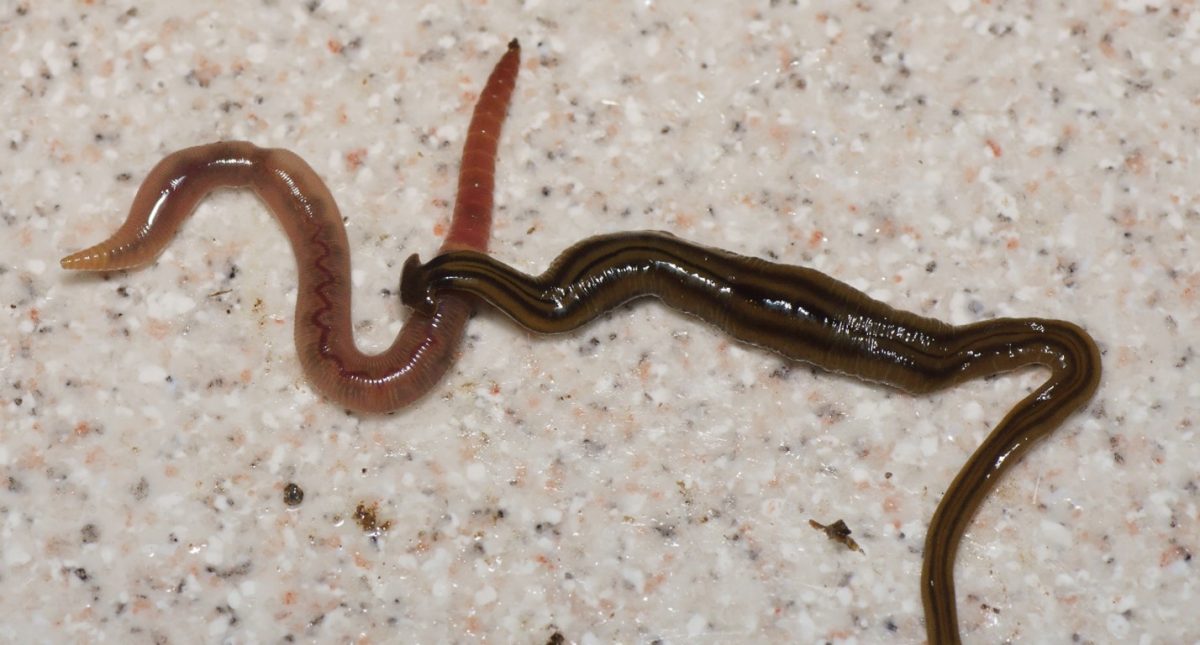Recent changes to the Free Application for Federal Student Aid (FAFSA) have caused students and families to struggle to complete the form, which is essential to many families in the process of paying for college. Changes aren’t entirely understood and information about FAFSA has been confusing from signing up to filling out the form almost everything has changed.
FAFSA is a government program that provides scholarships and loans for college to all students with a high school diploma or GED who plan to pursue some form of higher education. Alterations to the FAFSA program were intended to streamline the application process, however putting the changes into place has taken longer than expected.
There are “7 key changes” coming to FAFSA this year, as stated by the studentaid.gov website.
- Most years FAFSA opens Oct. 1, but this school year it opened Dec. 31 with new requirements.
|
- Anyone who provides information on the form is listed as a contributor, with the exception of any grandparents, foster parents, legal guardians, siblings, aunts and uncles if they have not legally adopted you. Being listed as a contributor does not obligate the person to be financially responsible for your education. Contributors can now have their tax information submitted to FAFSA directly from the IRS.
|
- Both you and your contributors must provide consent and approval in order to be made eligible for federal student aid.
|
- A student aid.gov account is required for both you and your contributor(s) in order to apply for aid. Contributors can now create an account even if they don’t have a social security number. Registering for an account provides you and your contributor(s) with a FAFSA ID which is the account username and password that you create in order to gain access to student aid.gov.
|
- The formula used to calculate how much financial aid you get is changing. The new formula is called the Student Aid Index and is based on average family income, family size and other factors you provide on the FAFSA form. Previously aid was calculated using contributions from available income and from other assets.
|
- Once you complete your FAFSA application a Student Aid report will be created, as a summary of your FAFSA submission. Although the report is not an offer of aid it does give students an idea of what aid they might potentially receive. Colleges, career schools, and trade schools are provided with your personal SAI and use it to calculate how much and what kinds of financial aid you are eligible for. Institutions will not be able to receive student FAFSA information until March, although previously FAFSA had promised that information would be available by the end of January.
|
- Federal Pell grant eligibility has been expanded to more students. Within the 2024-2025 award year it is estimated that around more 610,000 students will be eligible for the Pell Grant than the previous 6.1 million recipient amount. Several factors contribute to being eligible for the Pell Grant like SAI, family size and federal poverty guidelines. The Pell Grant is one of many ways you can receive aid from FAFSA. It is based on your expected family contribution amount, or EFC. Some qualifications for the Pell grant are to be an undergraduate student without a bachelor’s degree, must be enrolled or accepted for enrollment at an institution, have a high school diploma or be a U.S citizen or eligible non citizen. Generally the grant covers up to around $7,000 but amounts vary depending on financial need.
|
Check out studentaid.gov for more information on what qualifies someone as a contributor to your FAFSA account.
The FAFSA form must be submitted by 11:59 p.m. Central time on June 30 2025 in order to receive aid for the 2024-2025 school year. It is recommended that those who require grants and scholarships apply as soon as possible as aid is limited.
Other financial aid opportunities for graduating students in Arkansas are :
The Academic Challenge scholarship deadline is July 1 2024 at midnight Central time. The Academic Challenge Scholarship is available to all Arkansas residents pursuing higher education with a minimum of a 19 composite score on the ACT. In order to apply for the scholarship students must submit a FAFSA application.
Another form of aid, the Arkansas Future Grant, has two term applications. The fall term is due July 1 2024 and the spring term is due Jan. 10 2025. The Arkansas Future grant is for students enrolled in certificate or associate’s degree programs in STEM.
All information in the article was found via studentaid.gov and from the https://bigfuture.collegeboard.org website.








